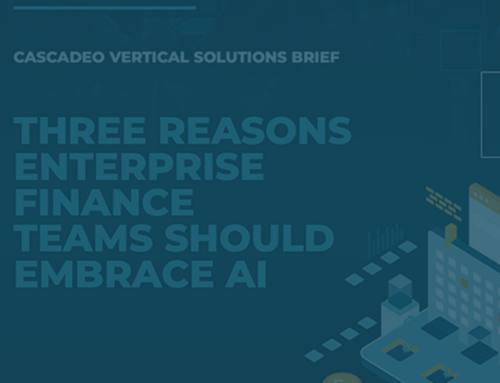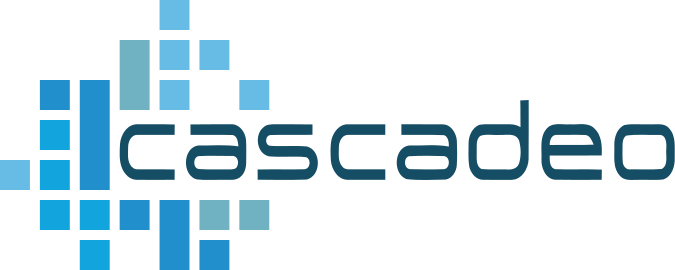
Embracing composability in your IT infrastructure and throughout your organization can improve your business performance, providing agility, resiliency, and adaptability in a volatile economy and culture.
Composability is the Key to Digital Infrastructure and Modern Business
Composability is central to cloud-native architecture and the business agility it provides. It means, essentially, that your IT infrastructure is made up of many small modules that can be rearranged and rebuilt as your company grows, adapts to the market, or launches new products and initiatives, rather than a staid system that takes down the whole operation when one function fails or needs to be recreated from scratch to accommodate modernization or growth. Like your business, composability is all about relationships. In this case, the loose coupling between components allows them to work together via API calls to form a coherent, efficient system without compromising their independence. Need to update or replace a function? Your DevOps team can do that without interruption to other components of your cloud-native system. Composability also allows functions to be geographically distributed, increasing security and resiliency.
 But composable business goes beyond technology infrastructure. It constitutes a way of thinking about and structuring your entire organization, so that everything you do has agility, resiliency, and adaptability built in. According to a Gartner survey of over 2,000 CIOs, 63% of those at organizations with high composability “reported superior business performance compared with peers or competitors in the past year.” Transforming your business in a way that uses composable IT infrastructure as a metaphor for your entire organizational composition can positively impact your bottom line, as well as your employee and customer experiences.
But composable business goes beyond technology infrastructure. It constitutes a way of thinking about and structuring your entire organization, so that everything you do has agility, resiliency, and adaptability built in. According to a Gartner survey of over 2,000 CIOs, 63% of those at organizations with high composability “reported superior business performance compared with peers or competitors in the past year.” Transforming your business in a way that uses composable IT infrastructure as a metaphor for your entire organizational composition can positively impact your bottom line, as well as your employee and customer experiences.
Picture a puzzle cube: each segment is tethered flexibly to the other segments. Movability is the key function—the actual means of solving the puzzle. Now imagine that you can remove the segments that aren’t lined up just right, pop them into place elsewhere in the puzzle, and solve it more quickly. Or perhaps you can’t quite get those last few colors aligned, so you take the resistant segments out, build customized new ones, and pop them right in. How much more quickly would you achieve the solution? If your goal is the completion of a brain teaser, this is cheating. If your goal is finding an effective solution quickly, it’s just plain smart. Your marketing talent could be contributing to a team developing new products, but only if they’re not siloed in a closed marketing department. Your logistics leadership could provide invaluable contributions to a communications project if your composability extends beyond your computing capacity to your full organizational structure.
And of course composable technology goes hand-in-hand with composable business. Both rely on enhanced intelligence, automated and human, to foster rapid, well-informed adaptation. AI/ML-driven business intelligence modeling and predictive analytics, which are built on composable data structures, bring your next steps on project and full enterprise levels into clear view. They also guard against volatility in markets and culture that threatens to rupture your growth and progress. AIOps monitoring systems keep your critical business functions stable and free up human talent to take full advantage of the cloud via modernization and innovation endeavors, rather than reactive maintenance.
Collaboration across units is a key feature of IT composability, as well. The perfect team for your next innovation might require contributors from across multiple departments, offices, geographic locations, and time zones, as well as outside partners and informants, all of whom might need various types of access to un-siloed, access-controlled data pools and analytics functions. Cloud-native architecture not only facilitates this deep collaboration; its essential composability allows these functions to be seamlessly reconfigured for the next project, and the one after that, without impacting any critical capacities.
This shift in approach demands a shift in thinking, one that doesn’t always come easy. Entrenched structures and patterns across enterprises and industries can inhibit the structural transformation necessary to take full advantage of composability. When leadership relies on tradition or historical patterns to make decisions, composable thinking can be impossible to implement. Enterprises must prioritize agility and shift their internal processes to make room. This is digital transformation at its core: embracing advanced technology and all we can learn from it, including all the ways it can make business more agile, efficient, resilient, and innovative.




